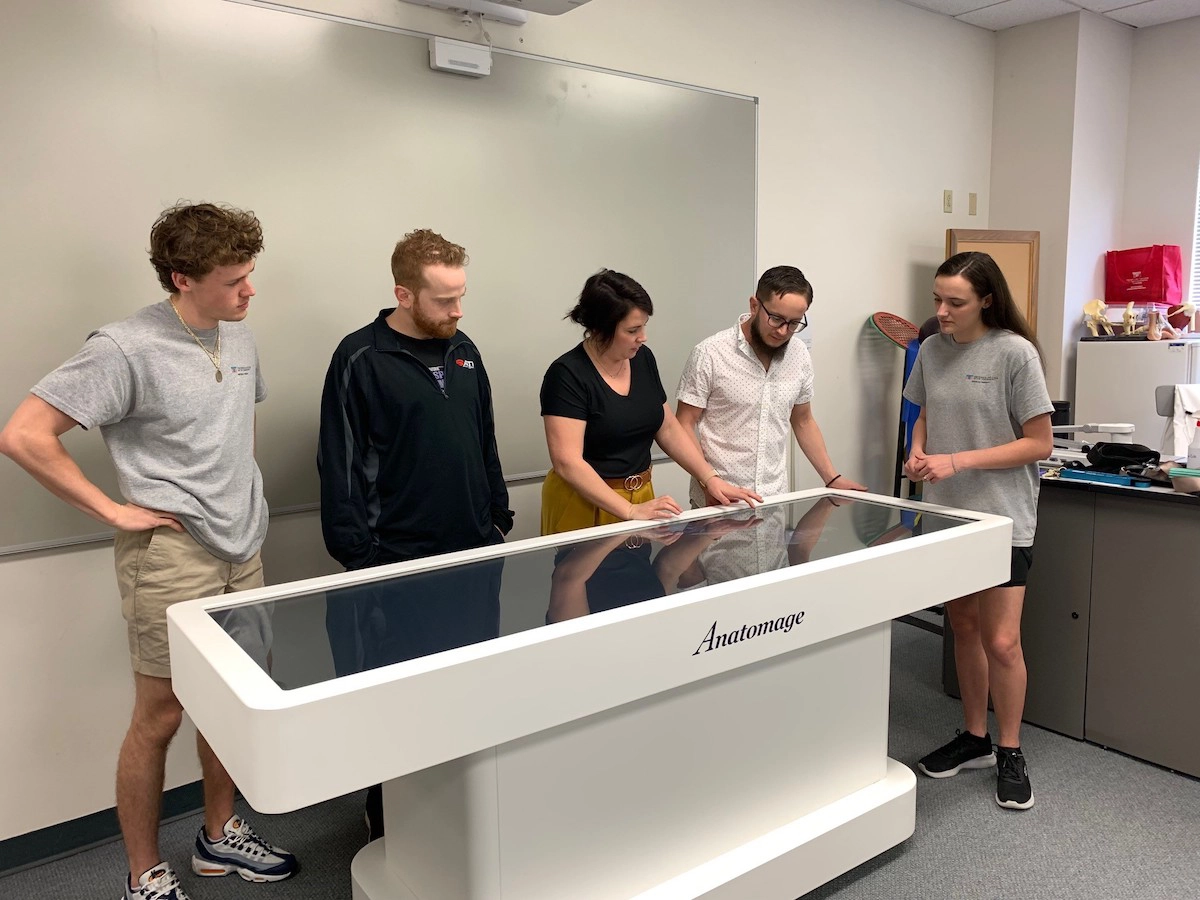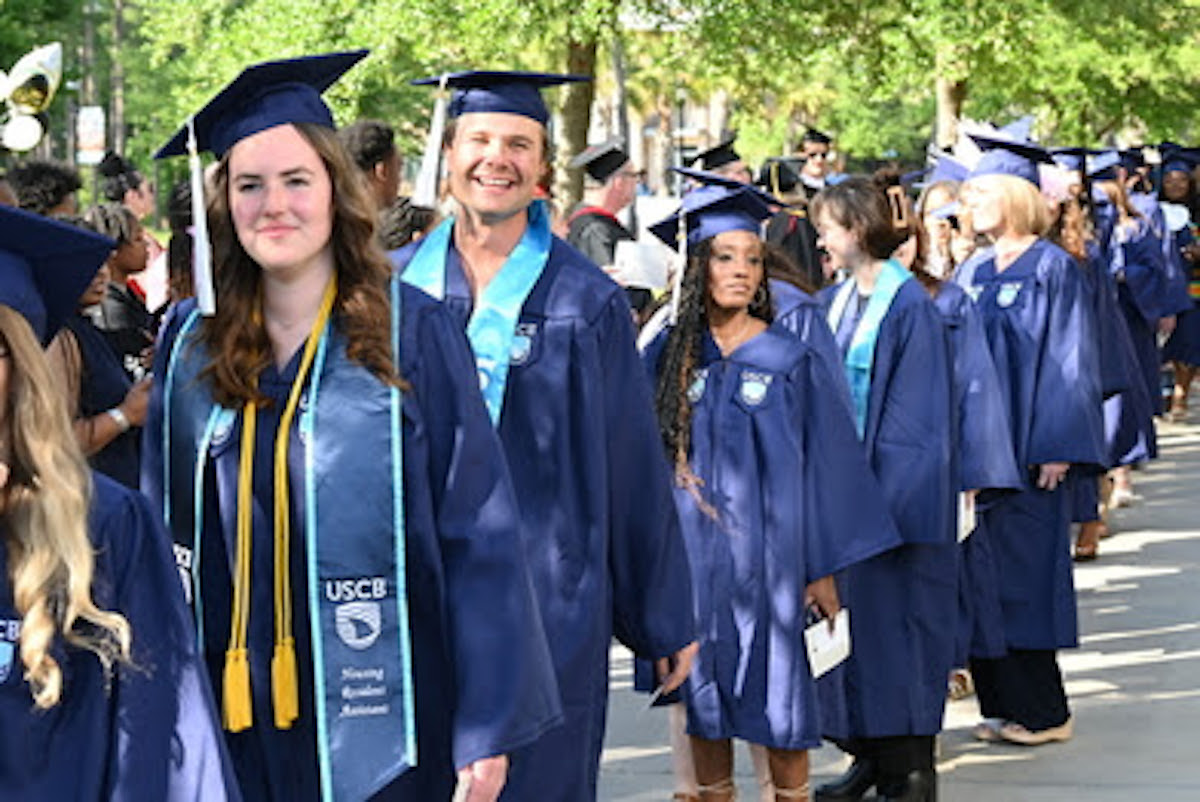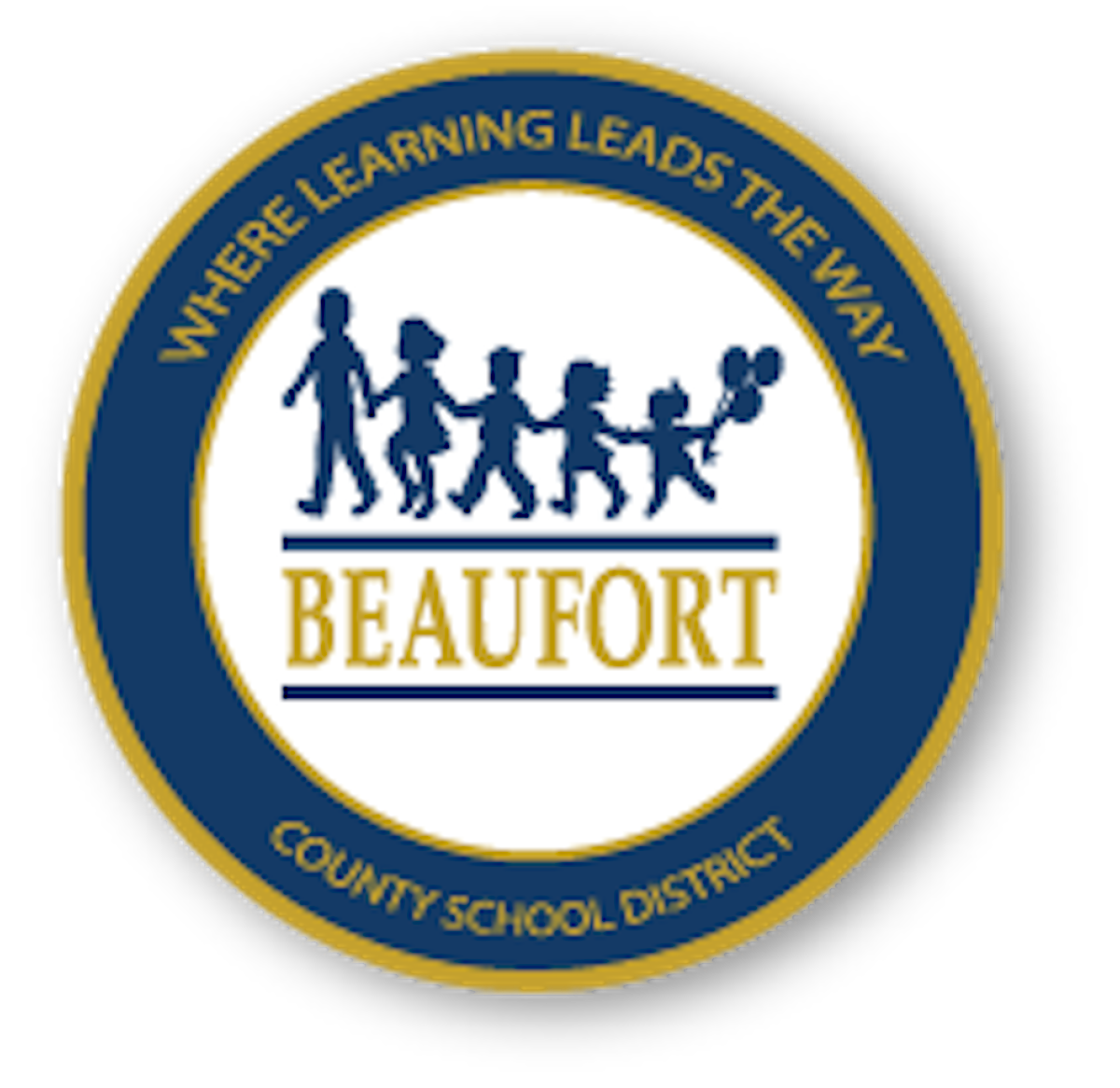‘Anatomage Table’ enhances way instructors teach, students learn about anatomy
From staff reports
The Technical College of the Lowcountry’s Physical Therapist Assistant (PTA) program has received a new piece of equipment that both instructors and students say significantly enhances the way they teach and learn about anatomy.
“It’s really an invaluable tool,” said Lawrence Dee, a first-year student in TCL’s Physical Therapist Assistant (PTA) program.
PTA students like Dee got their first look at the technology, known as the Anatomage Table, this semester and have been singing its praises since.
“It helps us to see the way joints are moving under all the tissues and the different systems of the body,” he said. “It’s really neat. There’s just a lot you can do with it.”
Described as a “game changer” by PTA Program Director Kara Santana, the table takes digitally reconstructed images from the bodies of real human cadavers donated for scientific research and provides detailed, 3D views of the body’s various systems. TCL was able to purchase the table, which cost $74,598, with funding provided by the S.C. Department of Health and Environmental Control.
As she explained, it takes anatomy out of the textbook.
“It helps our students make connections on how things are actually moving and working,” she said.
With the swipe of a hand or touch of the screen, Santana is able to pull up various systems such as the nervous or skeletal system, zoom in for a closer view, or rotate the body for different views. The images are also integrated with functional anatomy elements so a person using the table can produce heart motion, simulate nerve pathways or replicate physiological interactions between stimuli and anatomical systems.
PTA instructors will integrate the tool with classroom instruction, but students can use it anytime they are in the classroom, Santana says.
In fact, she sees the table helping health sciences students in other courses make those all-important connections.
“I think in general, this could help almost every class we have – Neurological Rehabilitation, Kinesiology, even pathology,” she said. “I wish they had had this when I was in college.”








